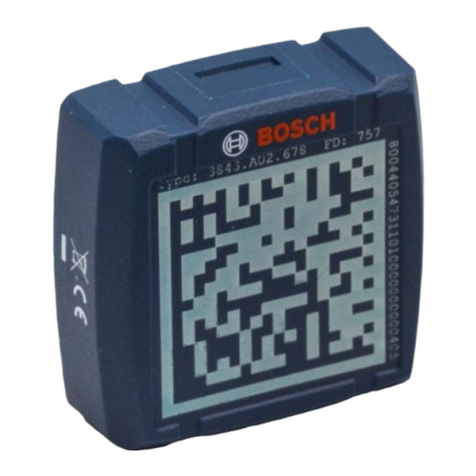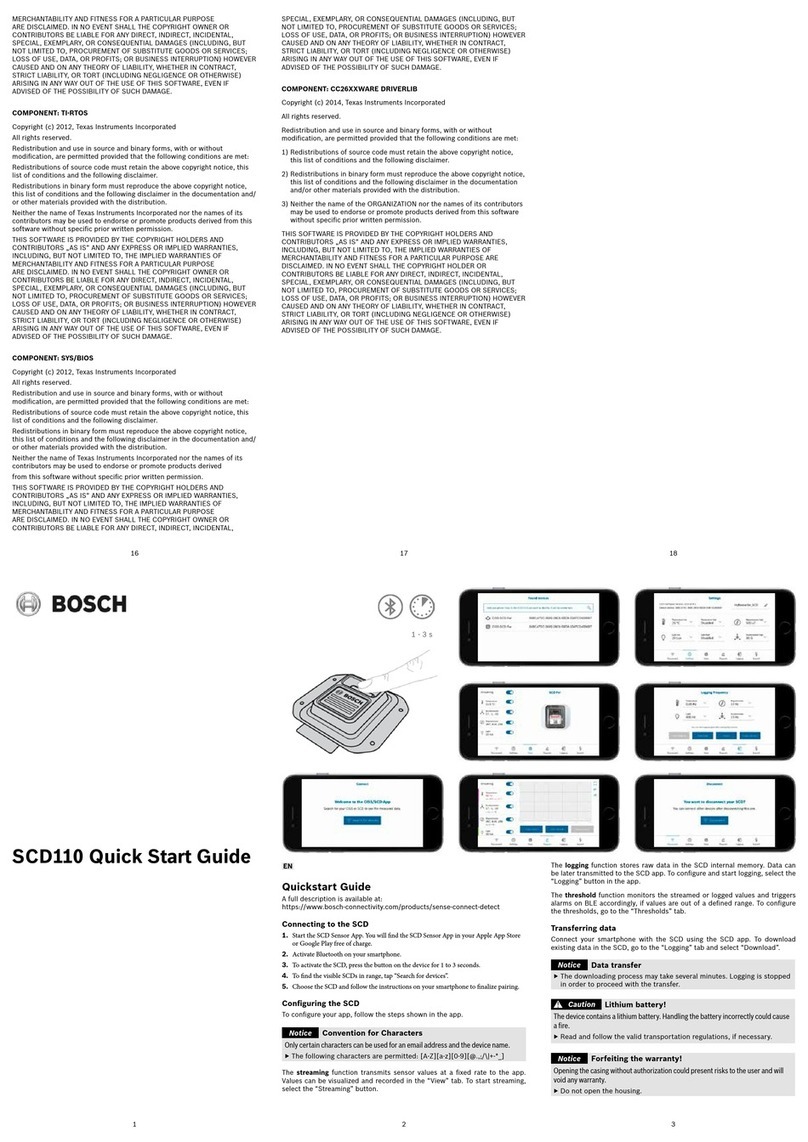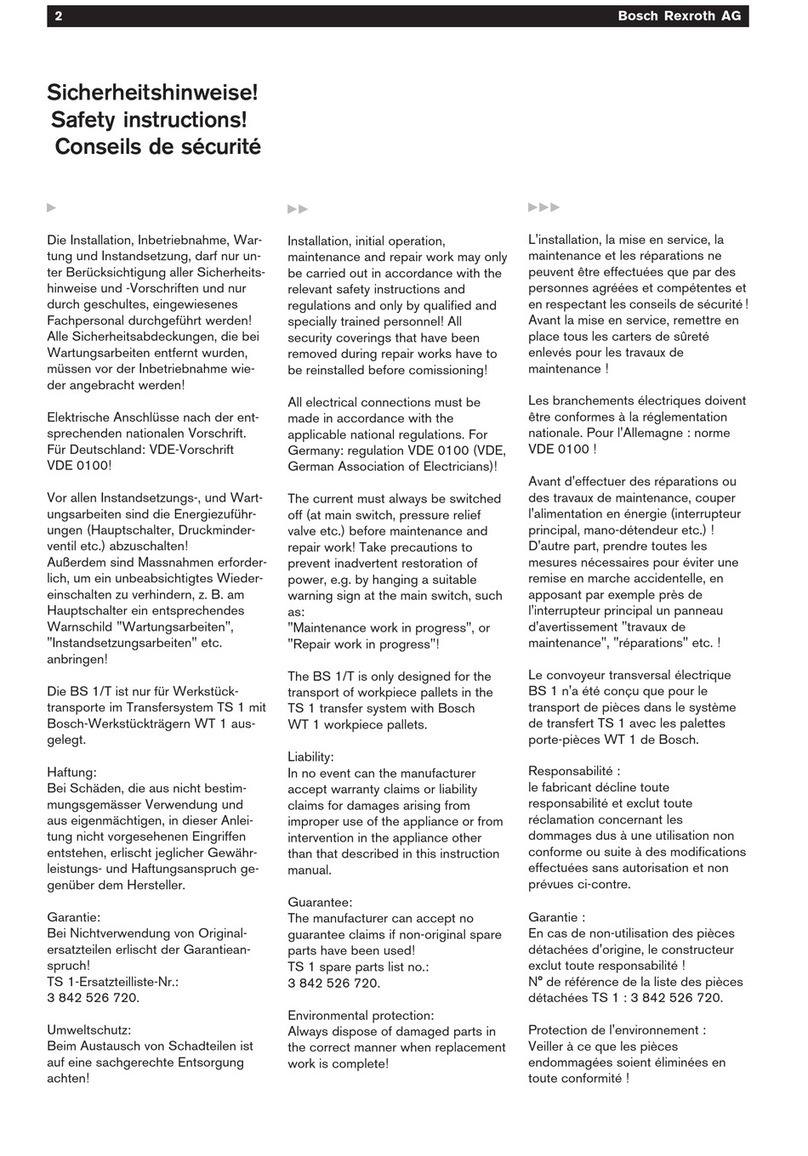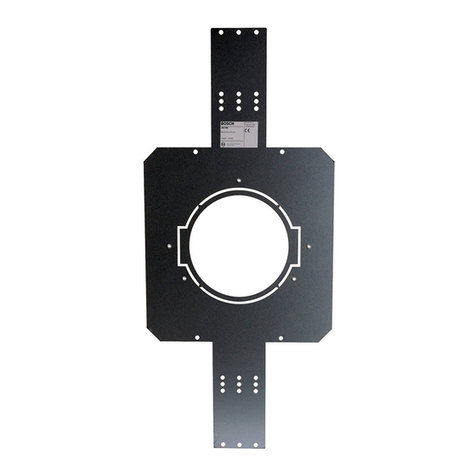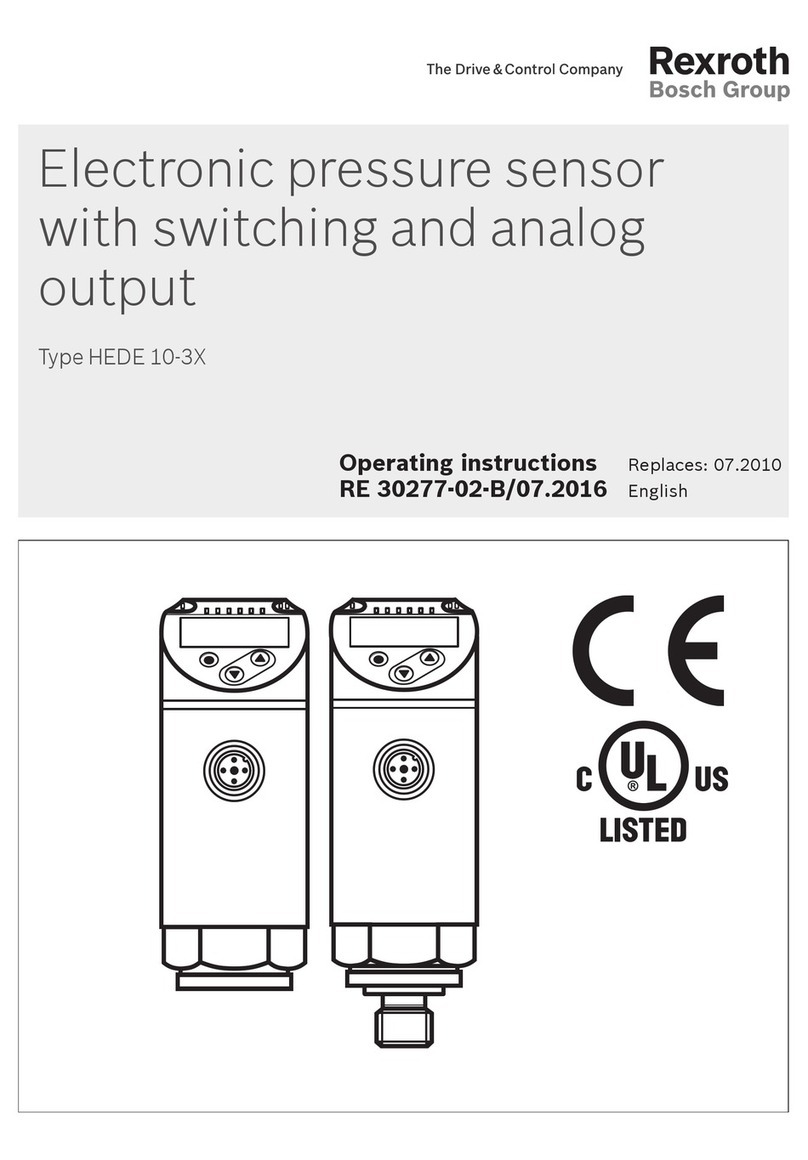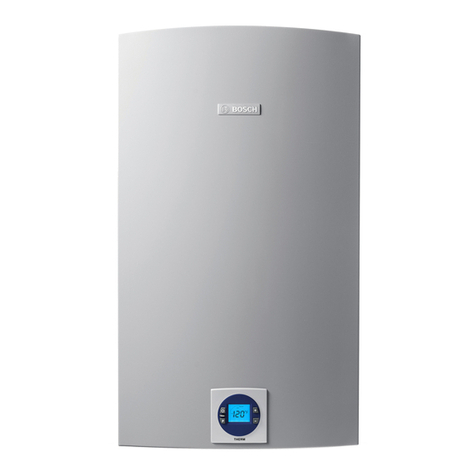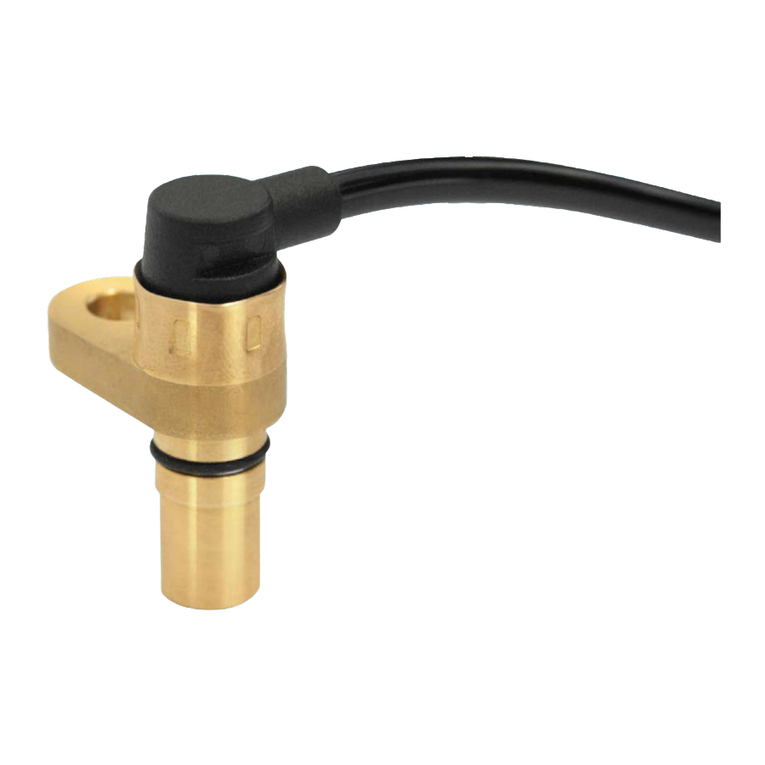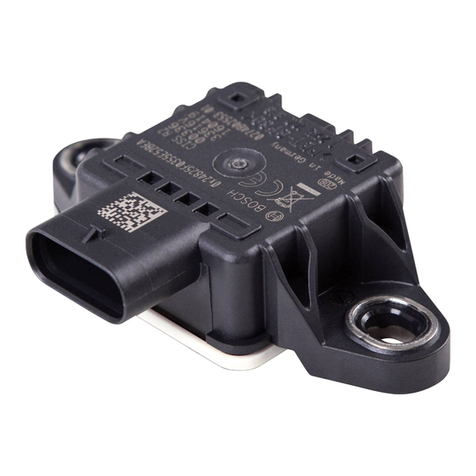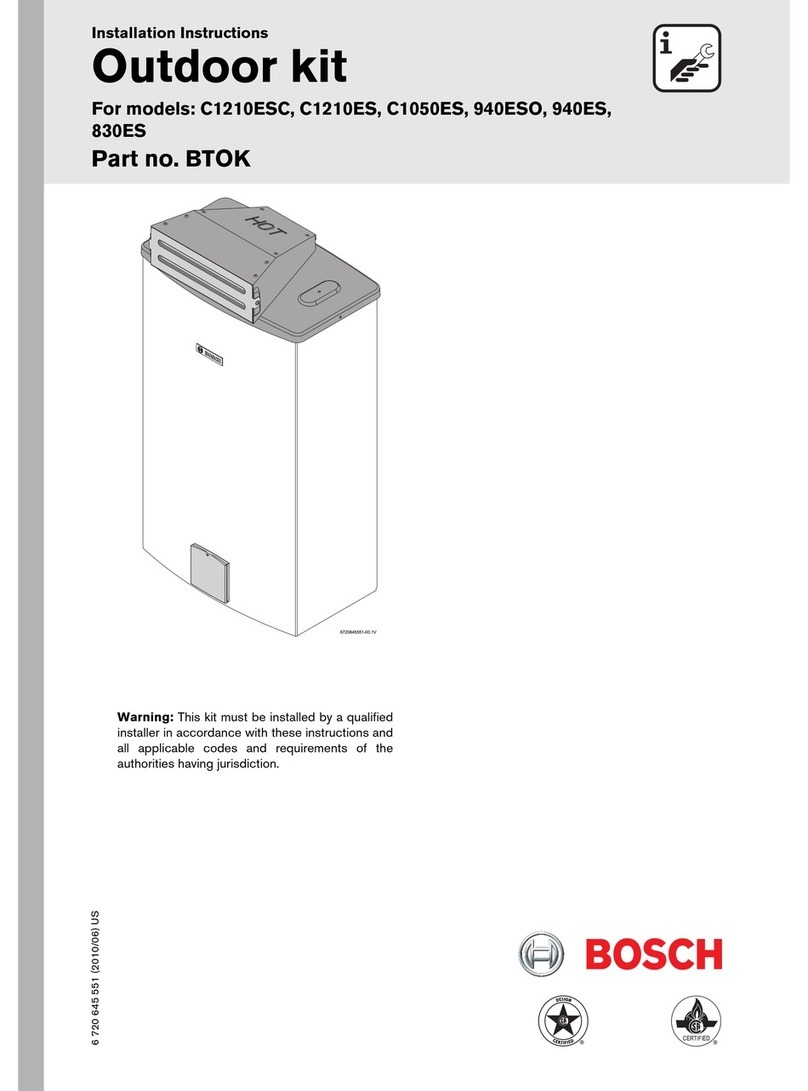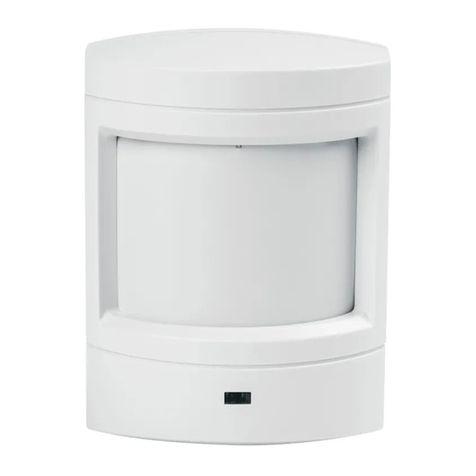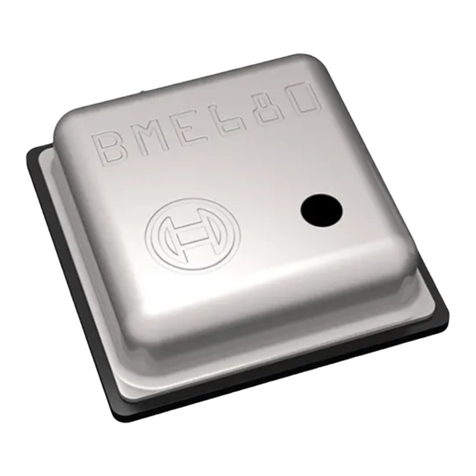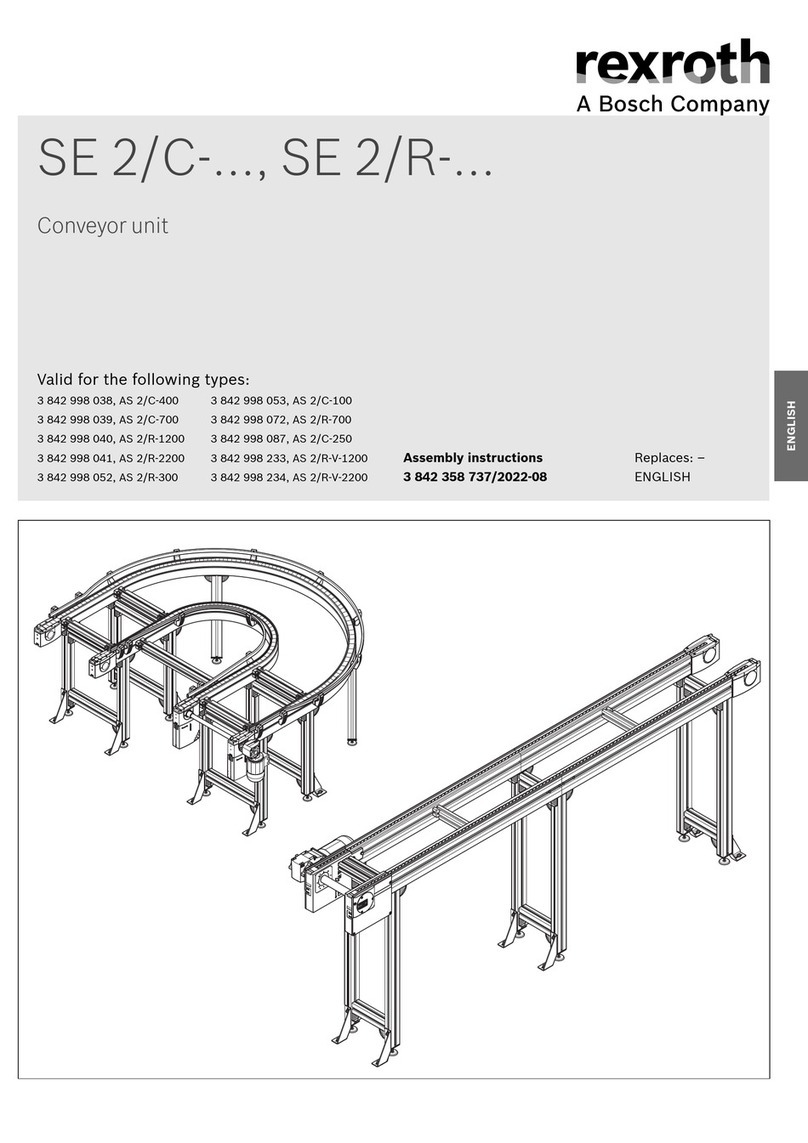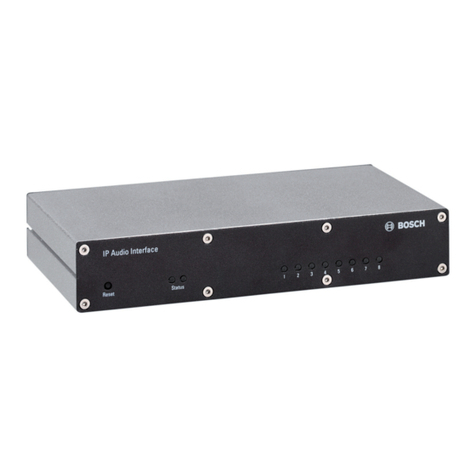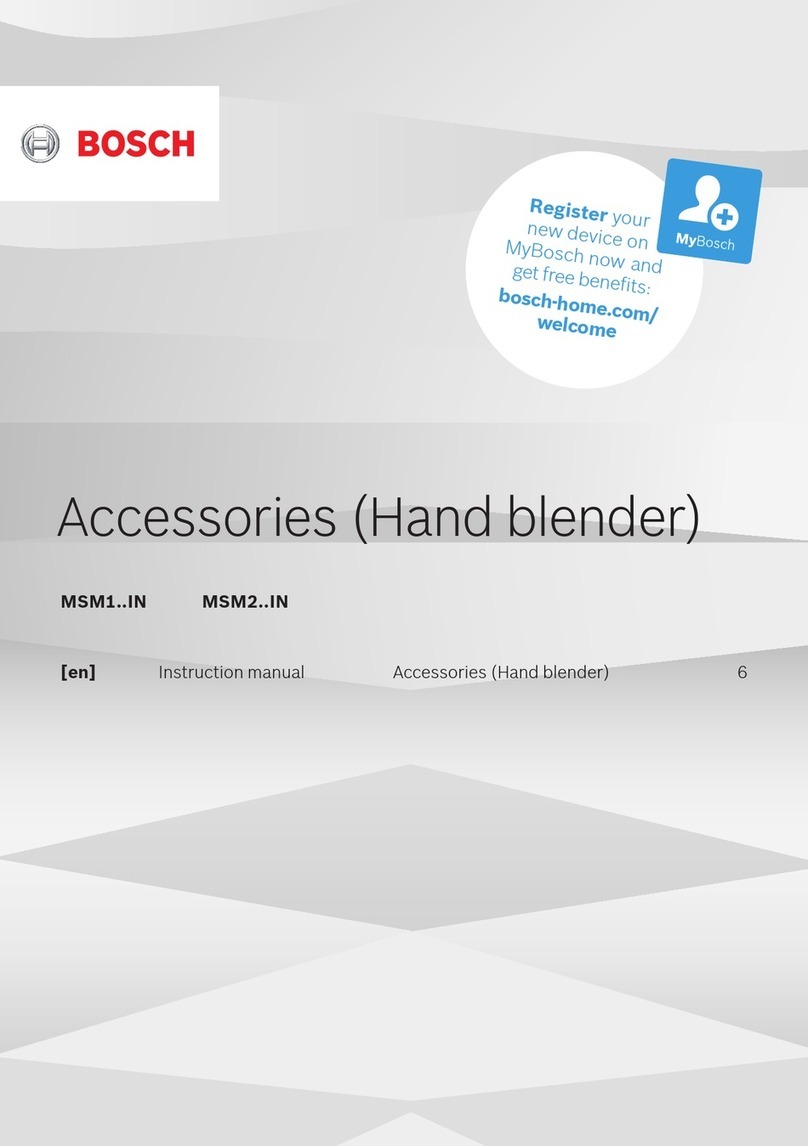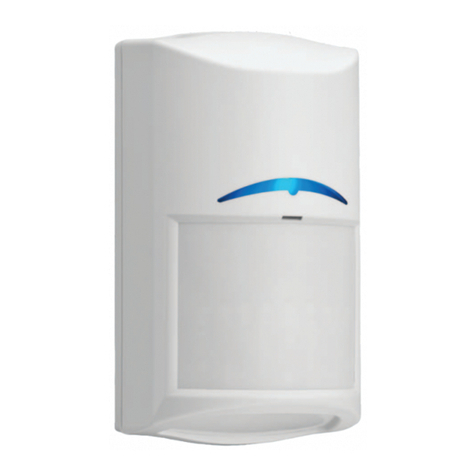
these operating instructions | Compliant use 5 |
Data subject not change without notice | Printed in Germany | October 19 | Version 1.0
1About these operating instructions
This document presents the SCD operating instructions, detailed SCD sensor characteristics as well
as communication and management features through Bluetooth.
This document refers to SCD firmware version 1.3.0.
Detailed instructions on how to proceed are available at: https://www.bosch-
connectivity.com/products/sense-connect-detect
Ensure that the SCD is working correctly by reading these instructions carefully before using the SCD
in your planned application.
1.1 Compliant use
The SCD is intended for the following application areas:
Residential, commercial, light-industrial, and industrial
During use, observe the following operating conditions:
Operating temperature range
Recommended storage temperature
Validation and testing of any use or operation which requires specific requirements and standards not
explicitly mentioned in these documents is the customer s responsibility.
See also chapter 10.10 Restrictions of use.
1.2 Definition of special notices
Warning
Indicates a hazard that could lead to minor or moderate injuries.
Always follow these instructions.
Note
Points of emphasis and reminders of device-specific operational features that could affect
performance.
Always follow these instructions.
1.3 Definition of general notices
2Safety and environment
Warning: Do not open the housing without authorization! Opening the housing without
authorization will void any warranty and involves risk of injury to the user. Using the SCD
according to its intended use and functions does not require the opening of the housing.
INFO: General information and instructions that must be followed



